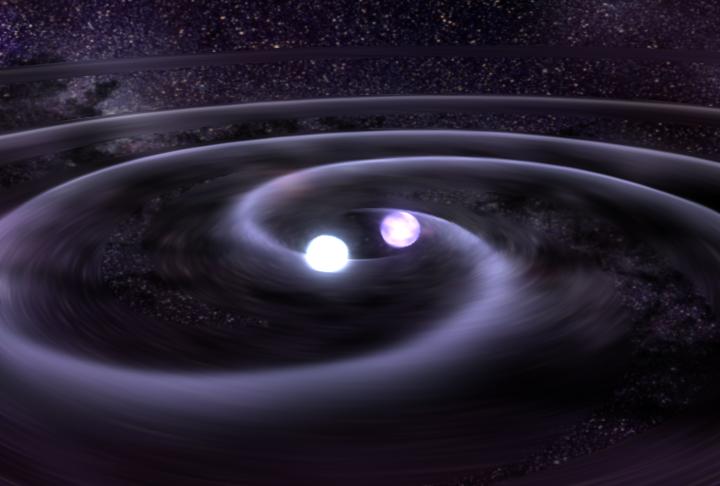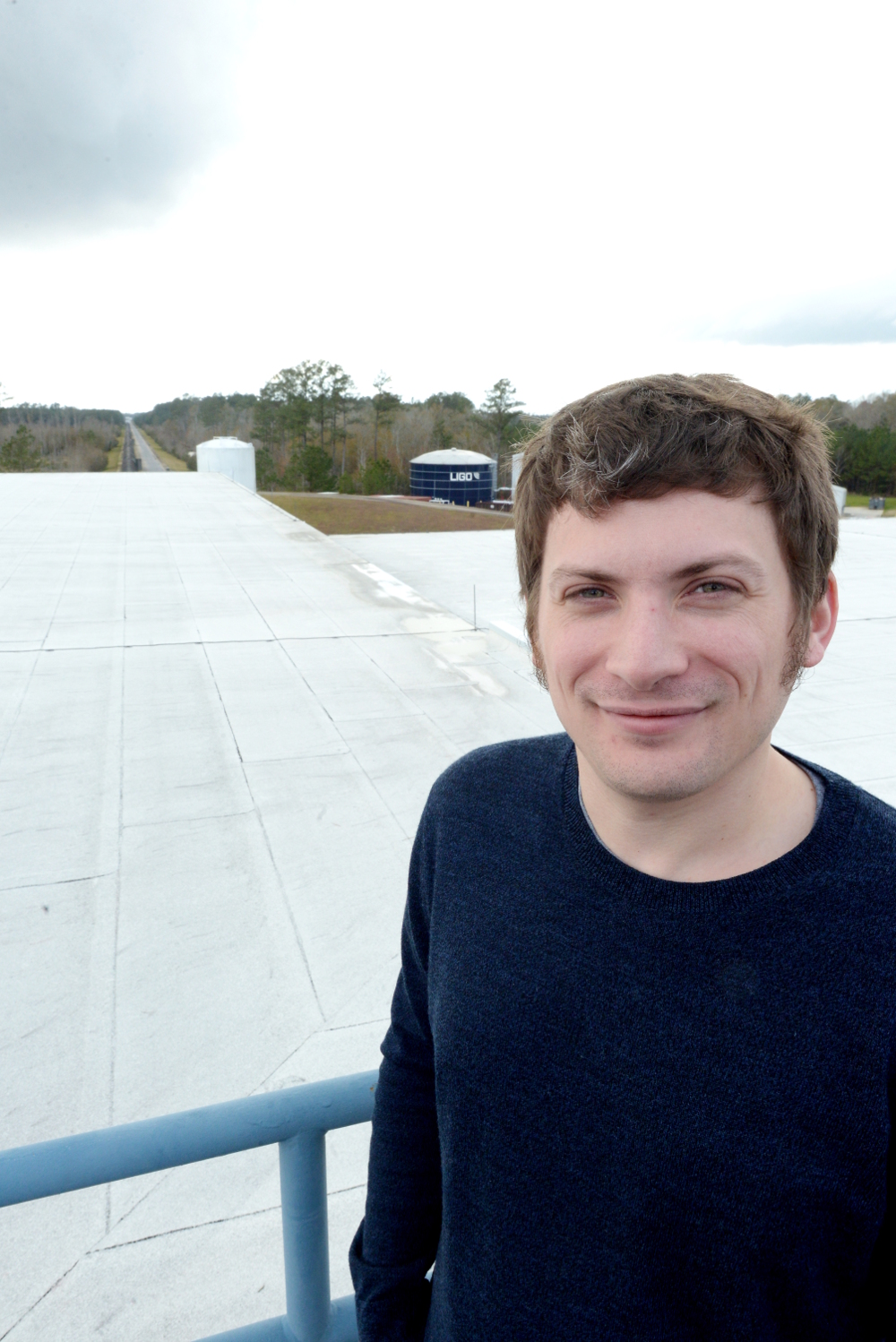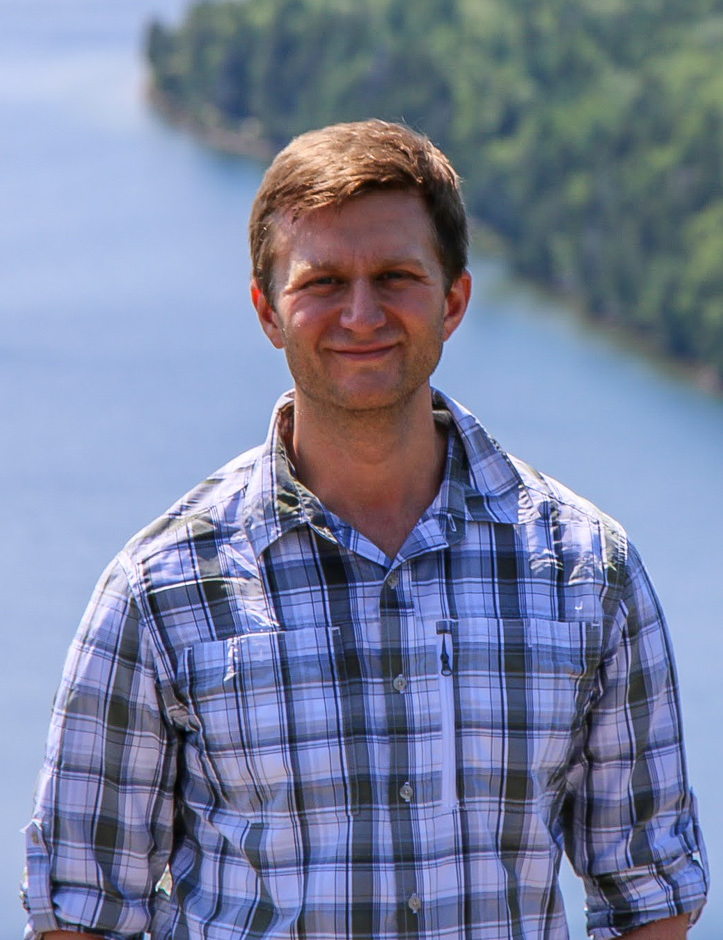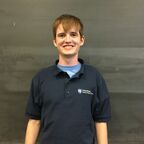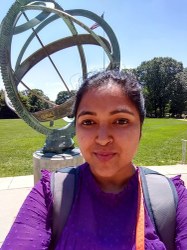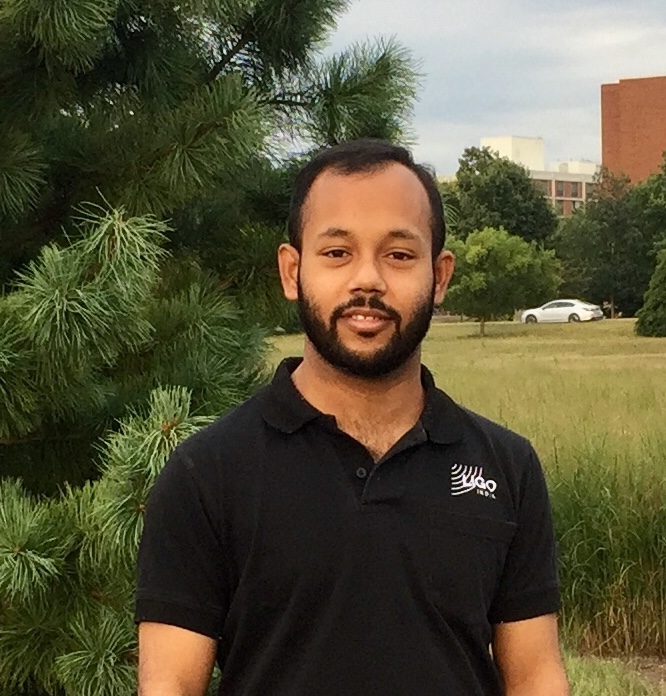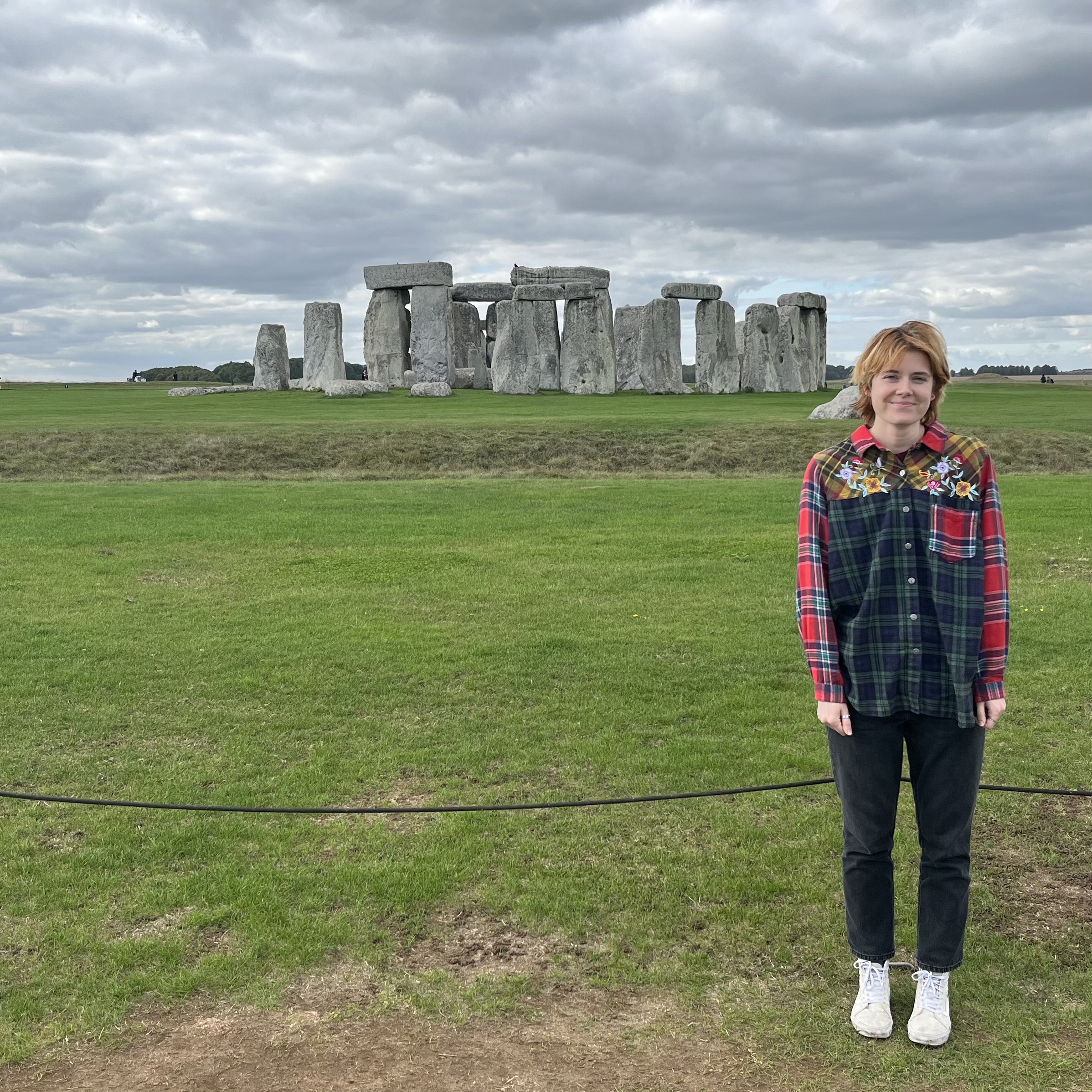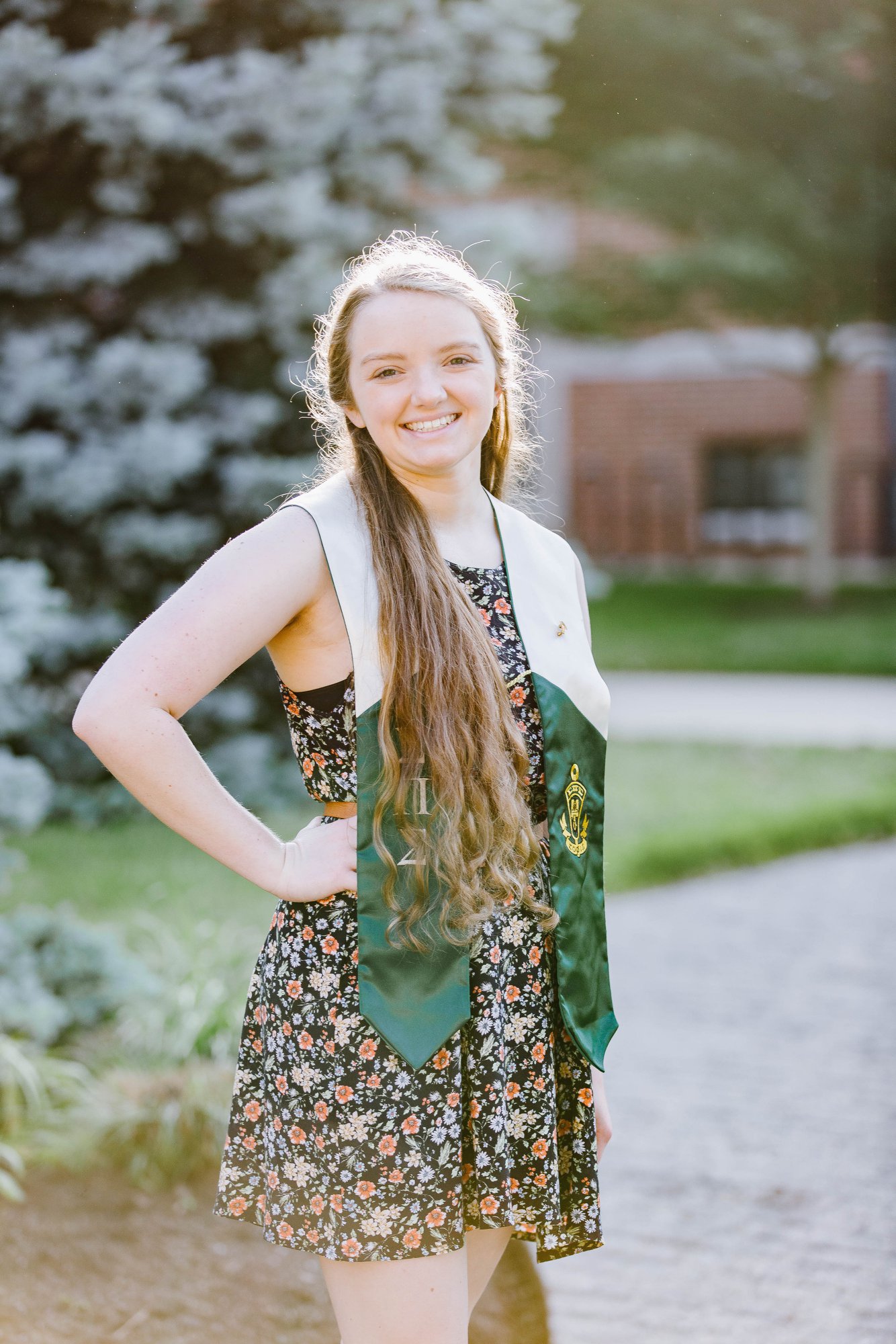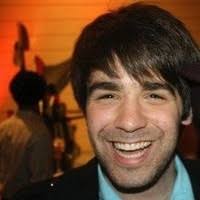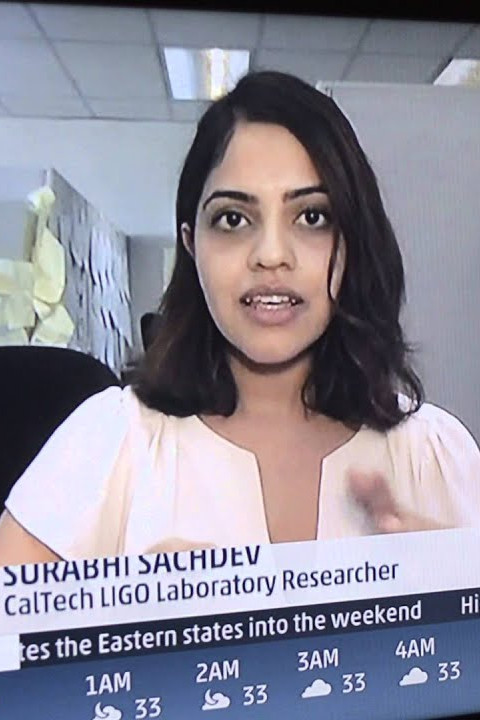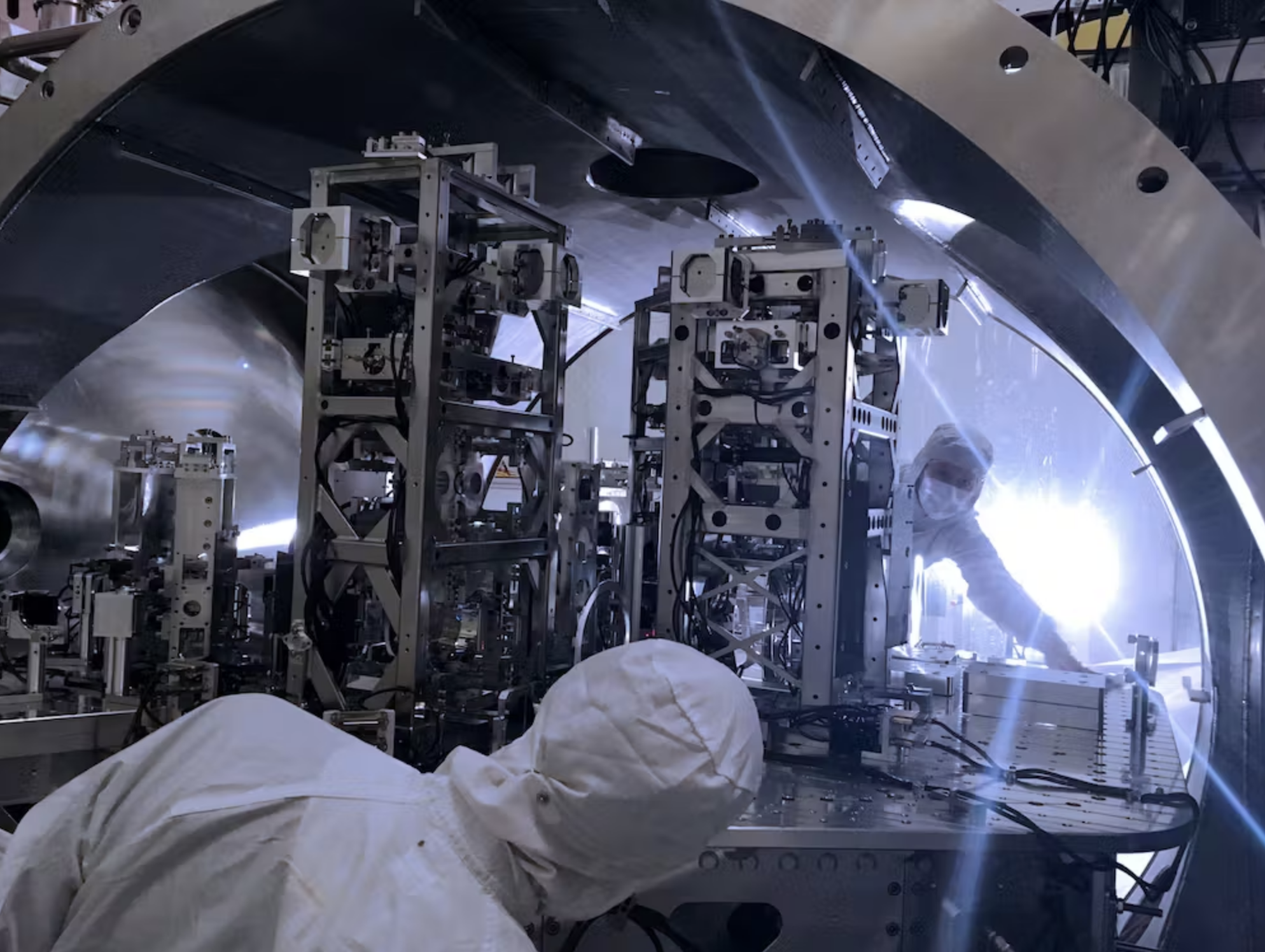The recent multi-messenger detection of of the binary neutron star merger known
as GW170817 changed astronomy overnight. The source was detected first in
gravitational waves, two seconds later in gamma rays and after 10 hours in
optical, ultraviolet, infrared, and much later x-ray and radio. From this
single event the world learned that the progenitors of at least some short-hard
gamma ray bursts are neutron star mergers, the origin of many elements in the
periodic table such as gold and platinum might also be neutron star mergers,
gravity and light travel at the same speed, and gravitational waves really
could measure the expansion rate of the universe! Despite what was learned,
GW170817 left the world with many questions. What object was formed afterward?
Another neutron star? A black hole? Why was the gamma ray burst associated with
GW170817 unlike anything else that had been observed? Data is required to
address these questions - specifically electromagnetic data taken right when
the neutron stars merged. It is possible to use gravitational wave data, which
measures the neutron star before it merges, to automatically direct robotic
observations of telescopes across the world and in space. Doing so requires
tremendous cyber-infrastructure which is presently lacking.
Using gravitational waves to provide an early warning for robotic telescopes
will significantly enhance the scientific utility of LIGO data by enabling
multi-messenger astrophysics associated with measuring electromagnetic radiation
across the spectrum right as the two neutron stars merge helping to answer what
drives some of the brightest objects in the known universe. This project will
fortify the streaming data delivery of LIGO by producing sub-second data
delivery to a streaming early warning search for neutron star mergers.
Substantial monitoring and feedback will be put in place to ensure that the
entire system operates without human intervention from the instrument all the
way to a public alert within seconds of data taking. The project will
capitalize upon existing NSF investments in cyber-infrastructure for real-time
gravitational wave analysis, but will augment significantly the layer which
handles data delivery and automation, which is presently a bottleneck and
failure mode.
Publications
-
Benjamin Abbott,
Richard Abbott,
TD Abbott,
S Abraham,
F Acernese,
K Ackley,
C Adams,
Rana Adhikari,
Vaishali Adya,
C Affeldt,
others,
"Low-latency gravitational-wave alerts for multimessenger astronomy during the second Advanced LIGO and virgo observing run." The Astrophysical Journal 875 2 (2019)
-
R Abbott,
TD Abbott,
S Abraham,
F Acernese,
K Ackley,
C Adams,
RX Adhikari,
VB Adya,
C Affeldt,
M Agathos,
others,
"GW190412: Observation of a binary-black-hole coalescence with asymmetric masses." Physical Review D 102 4 (2020)
-
BP Abbott,
R Abbott,
TD Abbott,
S Abraham,
F Acernese,
K Ackley,
C Adams,
RX Adhikari,
VB Adya,
C Affeldt,
others,
"GW190425: Observation of a compact binary coalescence with total mass~ 3.4 M⊙." The Astrophysical Journal Letters 892 1 (2020)
-
Richard Abbott,
TD Abbott,
S Abraham,
F Acernese,
K Ackley,
C Adams,
RX Adhikari,
VB Adya,
C Affeldt,
M Agathos,
others,
"GW190814: Gravitational waves from the coalescence of a 23 solar mass black hole with a 2.6 solar mass compact object." The Astrophysical Journal Letters 896 2 (2020)
-
R Abbott,
TD Abbott,
S Abraham,
F Acernese,
K Ackley,
A Adams,
C Adams,
RX Adhikari,
VB Adya,
C Affeldt,
others,
"Observation of gravitational waves from two neutron star--black hole coalescences." The Astrophysical Journal Letters 915 1 (2021)
-
Kipp Cannon,
Sarah Caudill,
Chiwai Chan,
Bryce Cousins,
Jolien Creighton,
Becca Ewing,
Heather Fong,
Patrick Godwin,
Chad Hanna,
Shaun Hooper,
others,
"GstLAL: A software framework for gravitational wave discovery." SoftwareX 14 (2021)
-
Chad Hanna,
Sarah Caudill,
Cody Messick,
Amit Reza,
Surabhi Sachdev,
Leo Tsukada,
Kipp Cannon,
Kent Blackburn,
Jolien Creighton,
Heather Fong,
others,
"Fast evaluation of multidetector consistency for real-time gravitational wave searches." Physical Review D 101 2 (2020)
-
Ryan Magee,
Heather Fong,
Sarah Caudill,
Cody Messick,
Kipp Cannon,
Patrick Godwin,
Chad Hanna,
Shasvath Kapadia,
Duncan Meacher,
Siddharth Mohite,
others,
"Sub-threshold Binary Neutron Star Search in Advanced LIGO’s First Observing Run." The Astrophysical Journal Letters 878 1 (2019)
-
Ryan Magee,
Deep Chatterjee,
Leo Singer,
Surabhi Sachdev,
Manoj Kovalam,
Geoffrey Mo,
Stuart Anderson,
Patrick Brady,
Patrick Brockill,
Kipp Cannon,
others,
"First demonstration of early warning gravitational-wave alerts." The Astrophysical Journal Letters 910 2 (2021)
-
Surabhi Sachdev,
Sarah Caudill,
Heather Fong,
Rico Lo,
Cody Messick,
Debnandini Mukherjee,
Ryan Magee,
Leo Tsukada,
Kent Blackburn,
Patrick Brady,
others,
"The GstLAL Search Analysis Methods for Compact Binary Mergers in Advanced LIGO's Second and Advanced Virgo's First Observing Runs." arXiv preprint arXiv:1901.08580 (2019)
-
Surabhi Sachdev,
Ryan Magee,
Chad Hanna,
Kipp Cannon,
Leo Singer,
Javed Sk,
Debnandini Mukherjee,
Sarah Caudill,
Chiwai Chan,
Jolien Creighton,
others,
"An early-warning system for electromagnetic follow-up of gravitational-wave events." The Astrophysical Journal Letters 905 2 (2020)
-
M Saleem,
Javed Rana,
V Gayathri,
Aditya Vijaykumar,
Srashti Goyal,
Surabhi Sachdev,
Jishnu Suresh,
S Sudhagar,
Arunava Mukherjee,
Gurudatt Gaur,
others,
"The science case for LIGO-India." Classical and Quantum Gravity 39 2 (2021)
-
Leo Tsukada,
Kipp Cannon,
Chad Hanna,
Drew Keppel,
Duncan Meacher,
Cody Messick,
"Application of a zero-latency whitening filter to compact binary coalescence gravitational-wave searches." Physical Review D 97 10 (2018)
